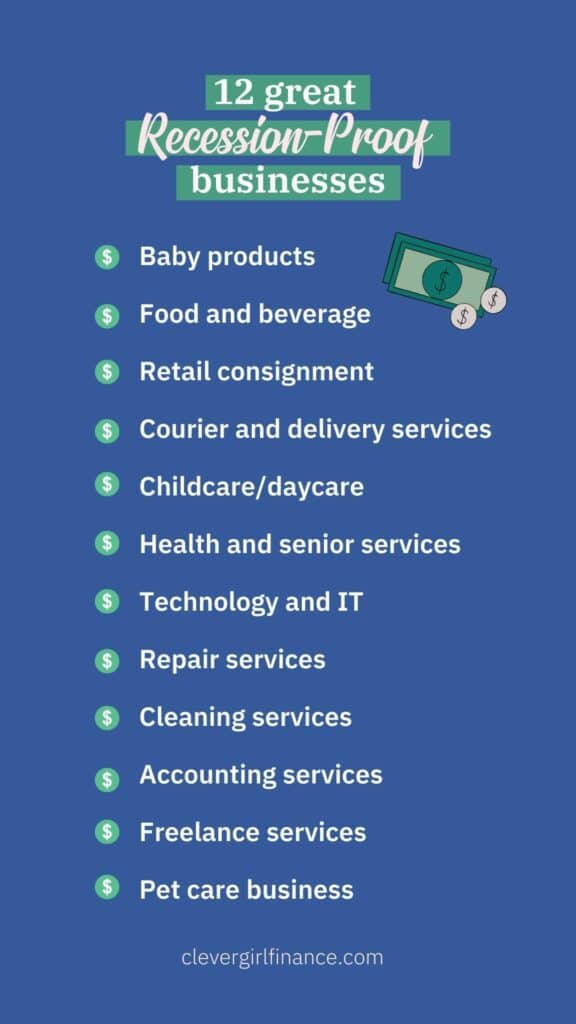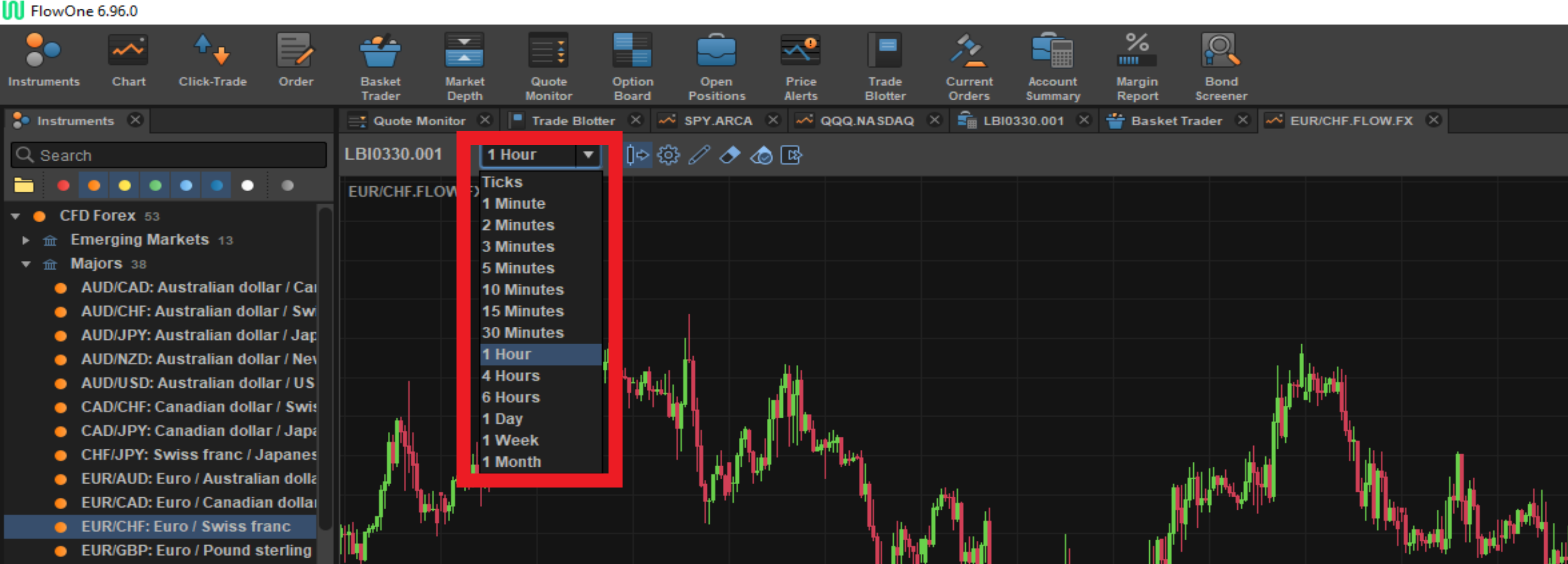
Asset allocation involves diversifying your investments across multiple assets. It is a personal decision. It depends on how much time you have available. What amount of risk are you comfortable taking depends on how long it takes to reach your goals and the time you have available. If you are planning to retire in the next few years, it might be more comfortable to take on more risk. If your time horizon is less than that, you might want to take less risk. You have many options for maximising your investment portfolio regardless of your personal situation.
Diversification
Individual investments can be profitable, but you might be better off spreading your money among multiple investments like bonds and stocks. Asset allocation is a way to ensure that you have the right amount of risk for your goals and still achieve a reasonable return. Your short-term financial goals may be to accumulate large sums of cash. You will need to allocate your assets to bonds. For long-term goals, however, stocks can prove too volatile and you may require a higher level liquidity.

Risk tolerance
Asset allocation strategies should be tailored to your investment goals and risk tolerance. Your ability to bear large market declines. This differs to your risk capacity which is a fixed amount that you can afford losing. You may feel comfortable with a portfolio of 100% stocks. On the other hand, you may not be comfortable with 100% cash, which is highly volatile. Tolerating risk is key to your strategy for building wealth and avoiding financial hardships.
Time horizon
It is essential to establish a time frame for asset allocation. You will decide what type of investment to make and how long to hold it. Many investors invest with an aggressive time horizon, but this is not the best approach for long-term planning. It is better for investors to be focused on long-term goals. Retirement is a far more distant goal. This will allow your investments to be more risky.
Goals
Your goals influence the way you plan your assets allocation strategy. Your financial goals might include building a large retirement fund, buying property, purchasing a car or yacht or paying for a child’s college education. Your risk tolerance, time horizon, and other factors could influence your goals. If your goal is to achieve capital preservation, a conservative portfolio and lower risk would be your best bet.

Different types of investments
The risk and return characteristics of each major asset category are different. Cash is the least risky asset and has the lowest return rate. Inflation is a major risk factor for cash and it is best avoided. The following are some common categories of cash. The SEC does not recommend investing in cash. However, the SEC is not recommending that cash be invested in.
FAQ
How do you choose the right investment company for me?
A good investment manager will offer competitive fees, top-quality management and a diverse portfolio. Fees are typically charged based on the type of security held in your account. Some companies charge no fees for holding cash and others charge a flat fee per year regardless of the amount you deposit. Others charge a percentage based on your total assets.
Also, find out about their past performance records. Companies with poor performance records might not be right for you. You want to avoid companies with low net asset value (NAV) and those with very volatile NAVs.
You should also check their investment philosophy. In order to get higher returns, an investment company must be willing to take more risks. They may not be able meet your expectations if they refuse to take risks.
What's the difference between the stock market and the securities market?
The whole set of companies that trade shares on an exchange is called the securities market. This includes stocks and bonds, options and futures contracts as well as other financial instruments. Stock markets are generally divided into two main categories: primary market and secondary. Stock markets that are primary include large exchanges like the NYSE and NASDAQ. Secondary stock markets allow investors to trade privately on smaller exchanges. These include OTC Bulletin Board Over-the-Counter and Pink Sheets as well as the Nasdaq smallCap Market.
Stock markets have a lot of importance because they offer a place for people to buy and trade shares of businesses. It is the share price that determines their value. New shares are issued to the public when a company goes public. Dividends are received by investors who purchase newly issued shares. Dividends are payments that a corporation makes to shareholders.
Stock markets serve not only as a place for buyers or sellers but also as a tool for corporate governance. Boards of directors, elected by shareholders, oversee the management. Boards make sure managers follow ethical business practices. If the board is unable to fulfill its duties, the government could replace it.
Can you trade on the stock-market?
Everyone. There are many differences in the world. Some people have better skills or knowledge than others. They should be rewarded.
However, there are other factors that can determine whether or not a person succeeds in trading stocks. If you don’t know the basics of financial reporting, you will not be able to make decisions based on them.
Learn how to read these reports. You need to know what each number means. You must also be able to correctly interpret the numbers.
Doing this will help you spot patterns and trends in the data. This will help you decide when to buy and sell shares.
This could lead to you becoming wealthy if you're fortunate enough.
How does the stock market work?
You are purchasing ownership rights to a portion of the company when you purchase a share of stock. The shareholder has certain rights. He/she has the right to vote on major resolutions and policies. He/she has the right to demand payment for any damages done by the company. He/she may also sue for breach of contract.
A company cannot issue more shares than its total assets minus liabilities. This is called "capital adequacy."
A company with a high capital sufficiency ratio is considered to be safe. Companies with low capital adequacy ratios are considered risky investments.
Statistics
- The S&P 500 has grown about 10.5% per year since its establishment in the 1920s. (investopedia.com)
- US resident who opens a new IBKR Pro individual or joint account receives a 0.25% rate reduction on margin loans. (nerdwallet.com)
- Our focus on Main Street investors reflects the fact that American households own $38 trillion worth of equities, more than 59 percent of the U.S. equity market either directly or indirectly through mutual funds, retirement accounts, and other investments. (sec.gov)
- Ratchet down that 10% if you don't yet have a healthy emergency fund and 10% to 15% of your income funneled into a retirement savings account. (nerdwallet.com)
External Links
How To
How to Trade on the Stock Market
Stock trading is a process of buying and selling stocks, bonds, commodities, currencies, derivatives, etc. The word "trading" comes from the French term traiteur (someone who buys and sells). Traders trade securities to make money. They do this by buying and selling them. It is one of oldest forms of financial investing.
There are many methods to invest in stock markets. There are three basic types of investing: passive, active, and hybrid. Passive investors are passive investors and watch their investments grow. Actively traded investor look for profitable companies and try to profit from them. Hybrid investors use a combination of these two approaches.
Passive investing can be done by index funds that track large indices like S&P 500 and Dow Jones Industrial Average. This strategy is extremely popular since it allows you to reap all the benefits of diversification while not having to take on the risk. You can just relax and let your investments do the work.
Active investing involves picking specific companies and analyzing their performance. An active investor will examine things like earnings growth and return on equity. They then decide whether they will buy shares or not. If they feel that the company is undervalued, they will buy shares and hope that the price goes up. They will wait for the price of the stock to fall if they believe the company has too much value.
Hybrid investing blends elements of both active and passive investing. Hybrid investing is a combination of active and passive investing. You may choose to track multiple stocks in a fund, but you want to also select several companies. You would then put a portion of your portfolio in a passively managed fund, and another part in a group of actively managed funds.